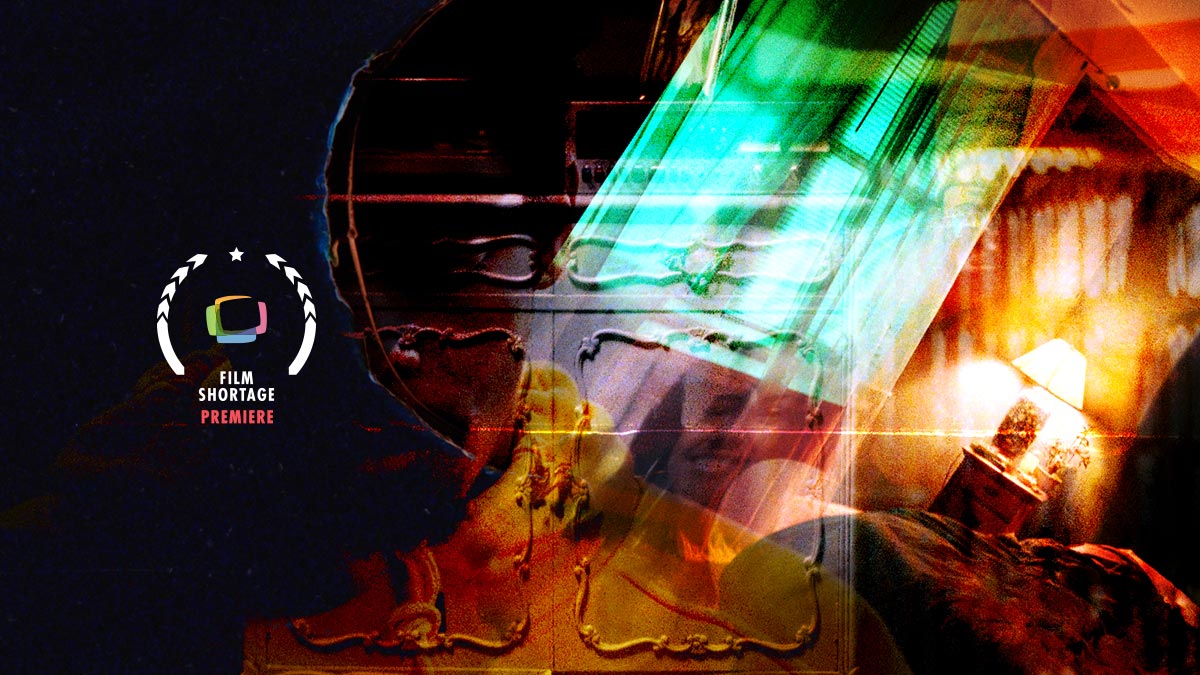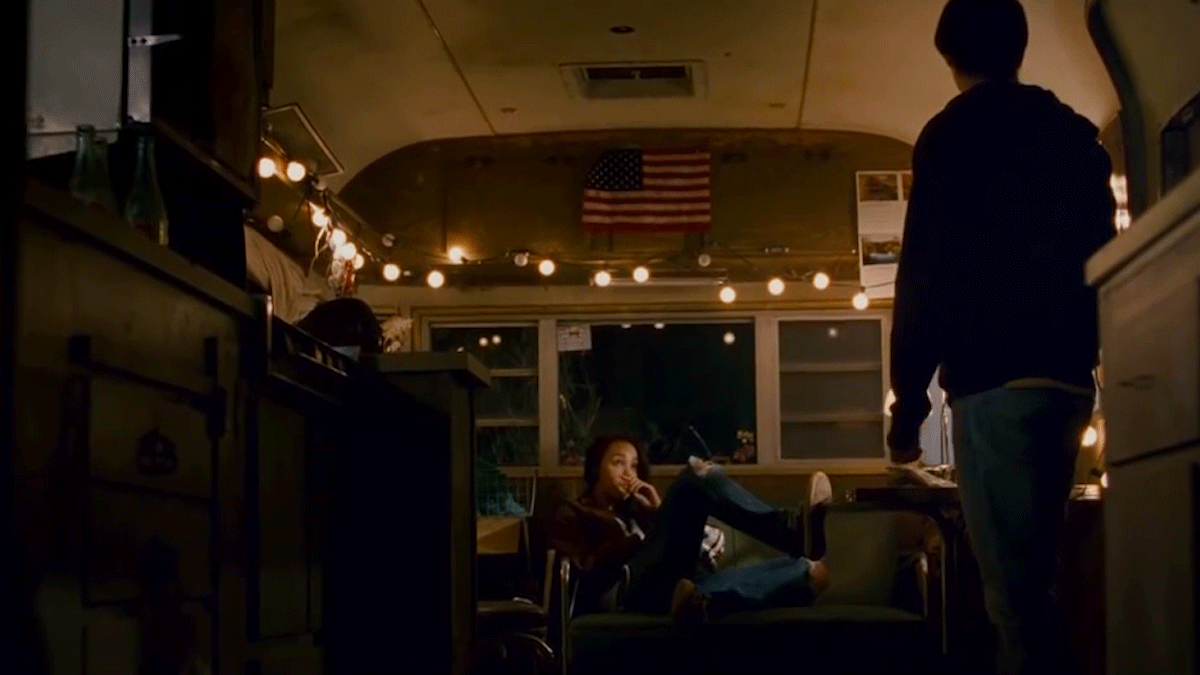After spending years on the road chasing reckless dreams, a young couple gets the once-in-a-lifetime opportunity to have a child in a world where only few privileged people can.
Surreal and expressionistic in its structure and composition, “Sugar Land” is the story of a decaying love told in reverse. Told entirely from the prospective of a young woman that after spending years on the road chasing youthful ‘wild’ dreams, now at the age of 26 she’s forced to choose to find stability and commitment in her life by conceiving a child in a world were only few privileged people can.
A story that highlights and values the power of female independence and that even in its dystopian theme feels more relevant than ever.
The seed of the idea for Sugar Land initially came to me from Ingmar Bergman’s ‘Summer with Monika’. I loved his insightful approach on the human condition that exposes the fragility of a young, powerful love and the consequences that comes from those youthful, ‘wild’ dreams. I wanted to explore that theme and adapt it to my own vision of a more near-future reality.
I wanted to give the film a sort of surreal and uncanny feeling in order to dive the audience into a more subjective and personal experience, allowing each and everyone to interpret it in a different way.
In this regard I’d say that my filmmaking approach has always been influenced by the surrealistic art movement and in particular the works of David Lynch, Salvador Dalì and Luis Buñuel. They helped shape my vision when it came down to creating a visual grammar for this film.
As a filmmaker I believe that it is my priority to give the viewer something never seen before and most importantly something that lingers in their minds long after the film’s end.




